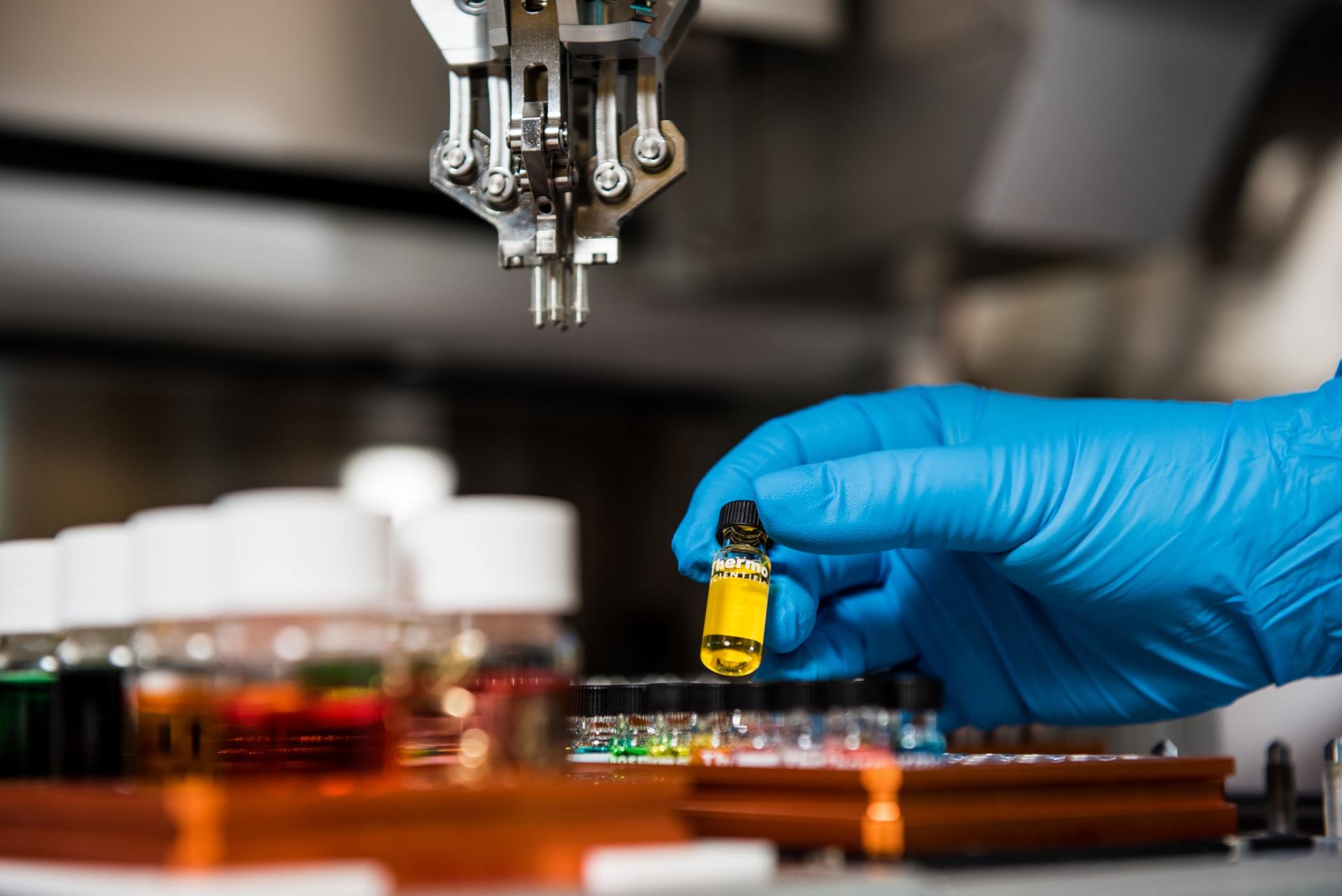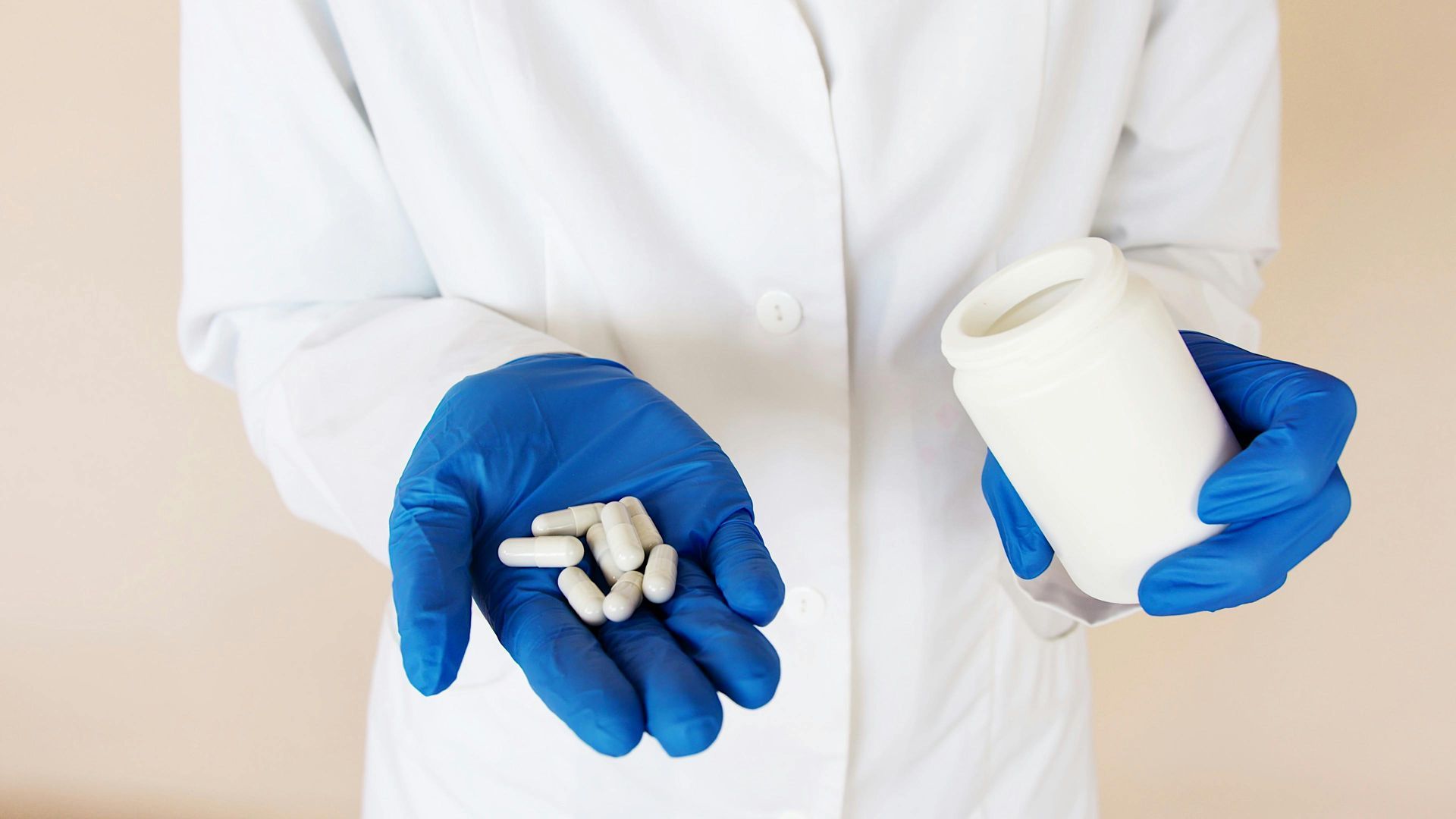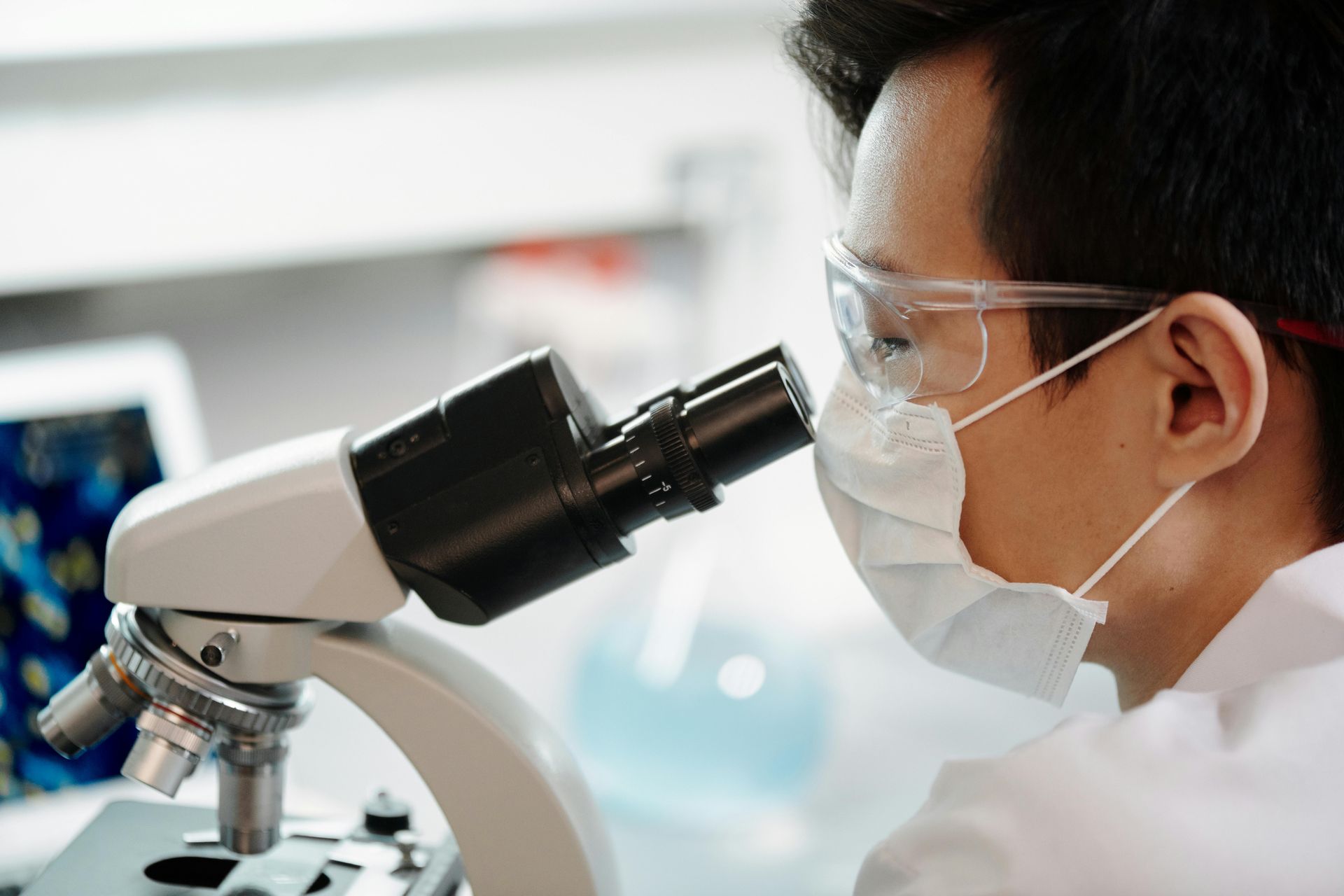5 Key Components of Good Manufacturing Practices
Pharmaceutical companies are tasked with safely manufacturing medication for billions of people around the world who depend on them to survive. This important task cannot be done haphazardly. Measures must be taken to ensure product safety and high quality products are delivered to consumers.
The FDA has documented exactly how pharmaceuticals must ensure the quality of the medications being produced. Known as Current Good Manufacturing Practices (cGMP), this series of regulations must be adhered to by all pharmaceutical companies within the United States. Companies must follow compliance regulatory requirements and may also receive an optional GMP certification to showcase their commitment to quality.
There is a lot to say about cGMP, but most of it can be broken down into five key components that some know as the “five p’s.” Each of these components will help companies produce medications that are safe and effective, along with remaining
cGMP compliant. Of course, each component of cGMP must be strictly adhered to in order to receive a cGMP certification.
1. Primary Materials and Products
Primary materials are the raw ingredients used to create a product, which is the end result that is sold to consumers. If the primary materials are not of the utmost quality, flaws can occur in the end result.
As such, one of the core GMP standards is the requirement of a master formula for all products that is perfectly followed, with no deviations, throughout the entire manufacturing process. A quality assurance system must be in place that is composed of regular testing and comparisons.
Companies that choose to receive their
GMP certification online will learn everything that’s required by the FDA to ensure they meet product quality standards, beginning with using excellent primary materials.
2. Premises
Laboratories are the backbone of pharmaceutical manufacturing and must be properly maintained. Premises and equipment must be properly maintained to ensure safe and effective conditions for manufacturing medication.
Equipment can experience many variations. As an example, take a fume hood, a common piece of equipment in a laboratory. Some manufacturers keep using fume hoods longer than they should or fail to properly maintain them. In an effort to cut costs, the equipment is overused and is no longer operating effectively. Investing in a replacement fume hood would mean less risk of failure. This same logic can be applied to any laboratory equipment.
3. People
People are the backbone of any business, and that’s no different in pharmaceutical manufacturing. Having trained people operating each facility is required in order to remain cGMP compliant. It will require time and money to train employees on how to abide by GMP quality standards.
Not only is this mandatory, but it will help ensure that your people continually create quality products. Training materials must continually be evaluated to ensure that they are up to date, as well.
4. Procedures
A manufacturer’s procedures will be scrutinized when audited. All procedures must be regularly revisited to ensure that they are making use of the latest technology and science involved in pharmaceutical manufacturing. If a procedure is using outdated technology, the manufacturer may struggle to maintain cGMP compliance.
5. Processes
Processes involved in GMP refer to the documentation that is used to prove that procedures are being followed. Auditors will continually inspect laboratories to guarantee that all GMP procedures are being followed and documented. Maintaining these documents at all times is vital to passing an audit.
It doesn’t matter if a procedure is straightforward or intricate, it must be thoroughly documented down to every detail. This is required, but it’s also a great way to create a roadmap of the entire manufacturing process that can be used to aid in making other decisions.
Best Practices to Guarantee cGMP Compliance
There are plenty of “dos” and “don'ts” to consider when pursuing cGMP compliance or certification. Abiding by these practices will help drug manufacturers better prepare for audits and overall create safer products for consumers. Some key best practices are:
- All written procedures should be written professionally in a clear, simple tone that is easily understood by all employees. Vague guidelines or directions might be difficult for employees to follow, and confusion is the last thing a pharmaceutical manufacturer needs.
- All equipment should be maintained as per the manufacturer’s instructions
- Reduce human error by considering the recommend design and layout of pharmaceutical manufacturers
- Audit your own compliance every month, at a minimum
- Conduct a detailed competence analysis before hiring any new employees to make sure that only the best and brightest are joining the company
How to Get cGMP Certified
Acquiring a cGMP certification is not mandatory, but is an excellent step to ensure that quality products are being produced. The FDA audits companies to ensure they are not in violation, but they do not grant certifications.
A third-party company will provide the certification. This is not an easy or cheap process. An authorized representative of the company must complete an application process with the certification company. Once reviewed, the manufacturing facility will be audited.
After the facility has demonstrated that they are fully in compliance with current good manufacturing practices, a certification will be granted.
Please visit our Frequently Asked Questions section of our website for more information
Achieve cGMP Compliance With CfPIE
Every manufacturer in the pharmaceutical industry in the United States is required to maintain cGMP compliance, while only some decide to become certified. Receiving a certification helps guarantee that you will be found in compliance when audited, along with regularly ensuring that facilities are creating a quality product for consumers.
Are you ready to begin the cGMP certification process? CfPIE offers courses that will help prepare quality assurance and safety managers to make sure that their facilities will pass the certification process.
For manufacturers who believe they are already prepared, we currently offer
cGMP certification as well.
Contact us to begin the certification process today.
Blog Categories
Stay Informed



